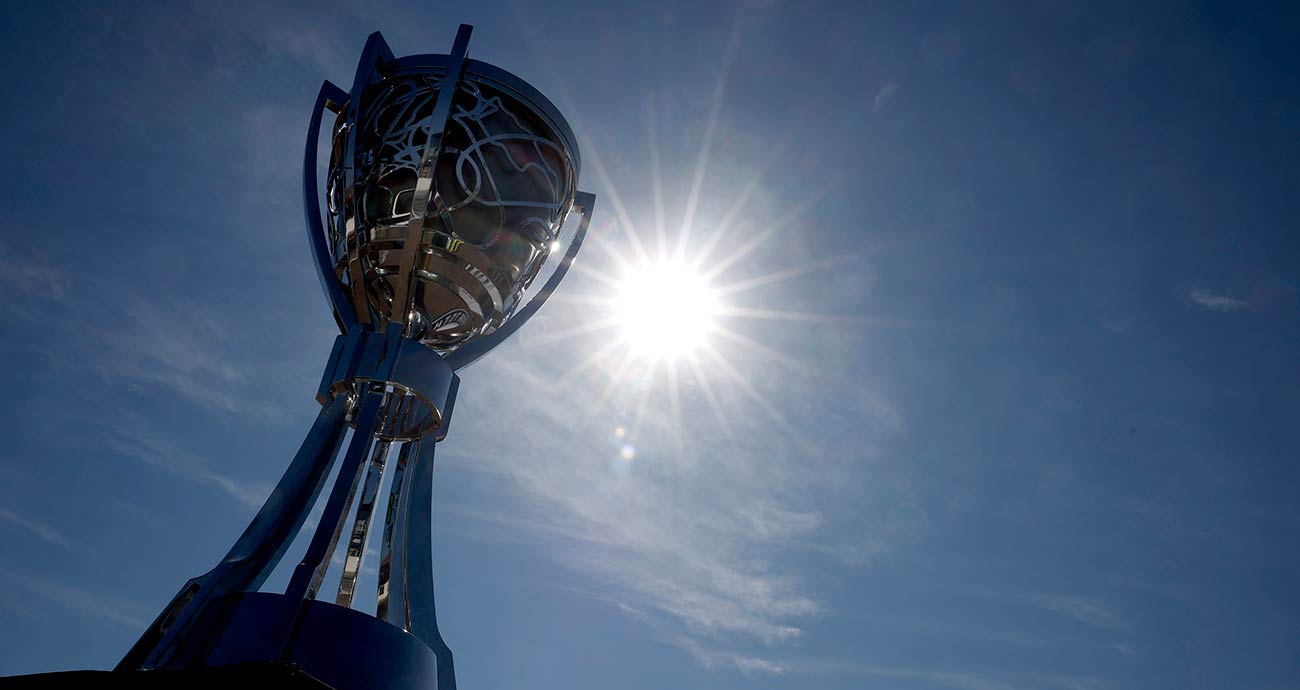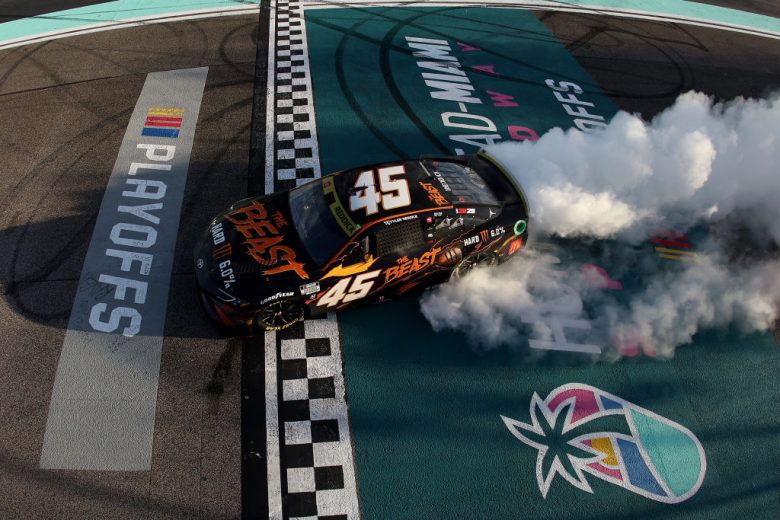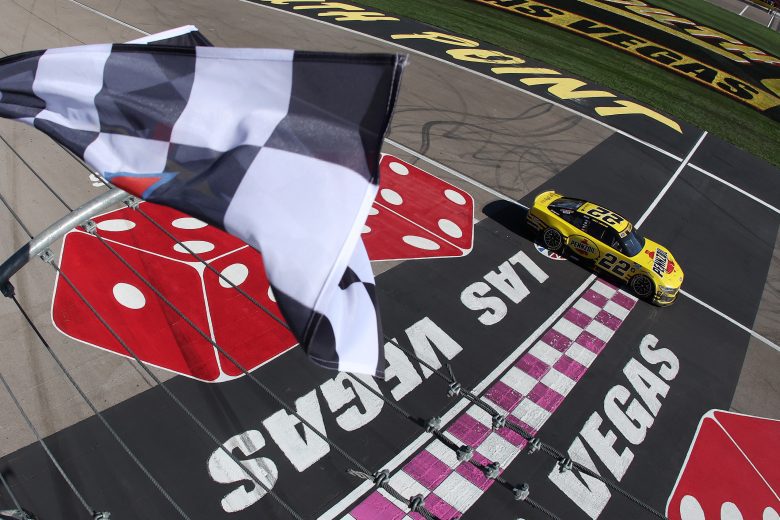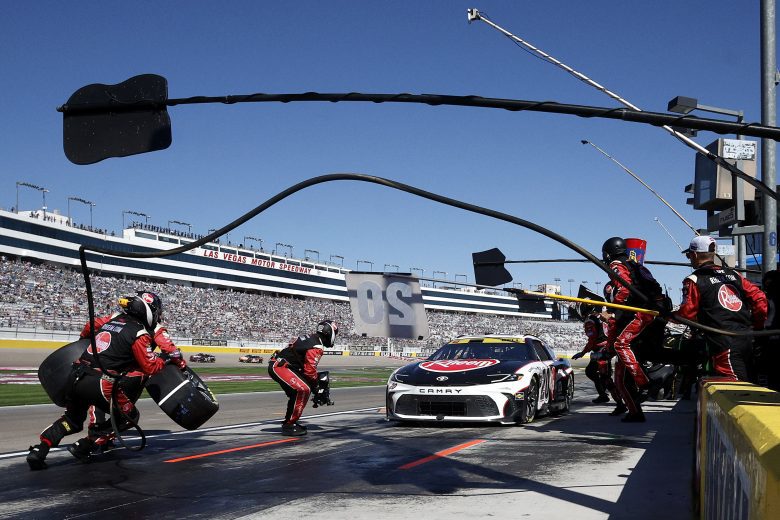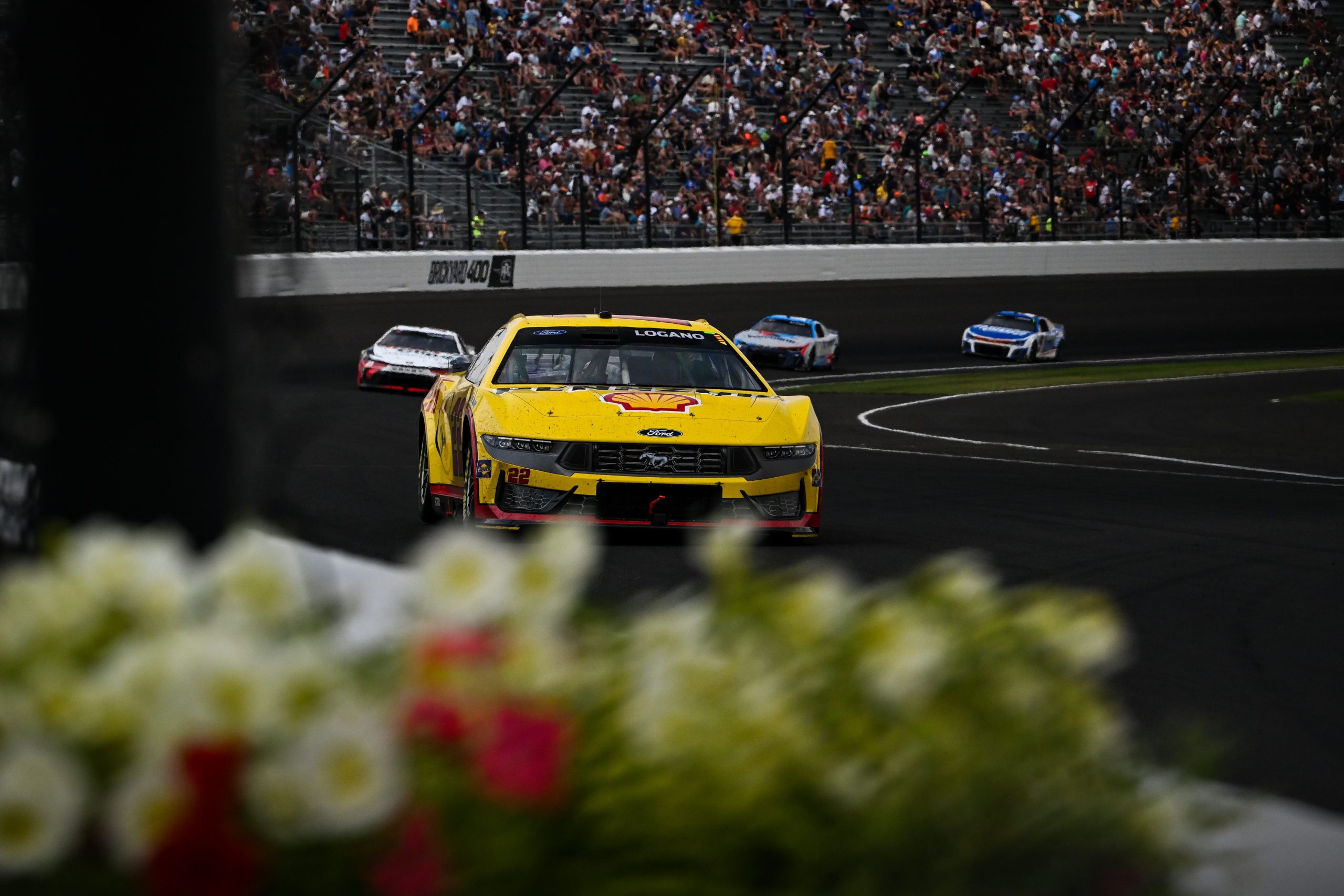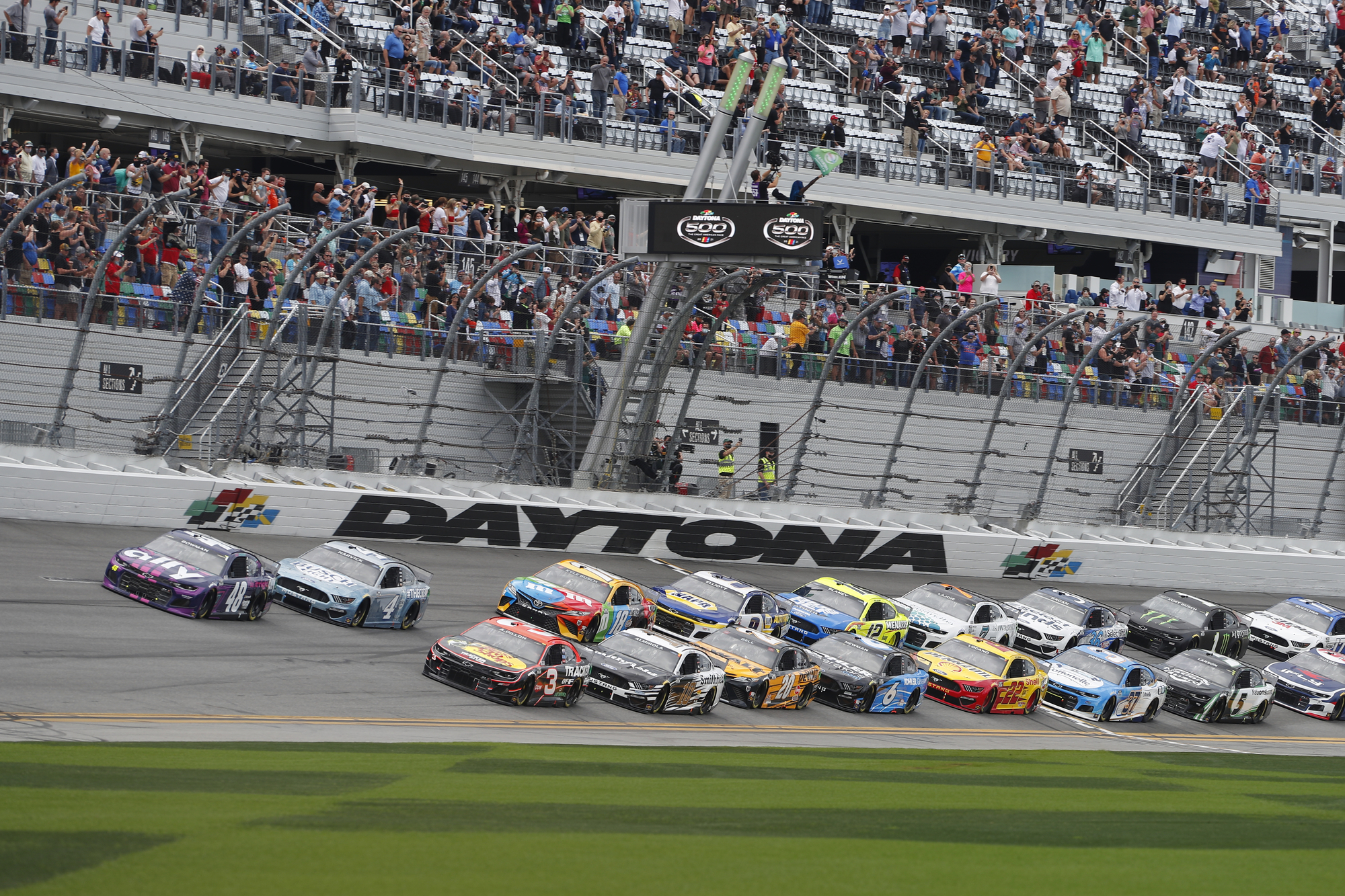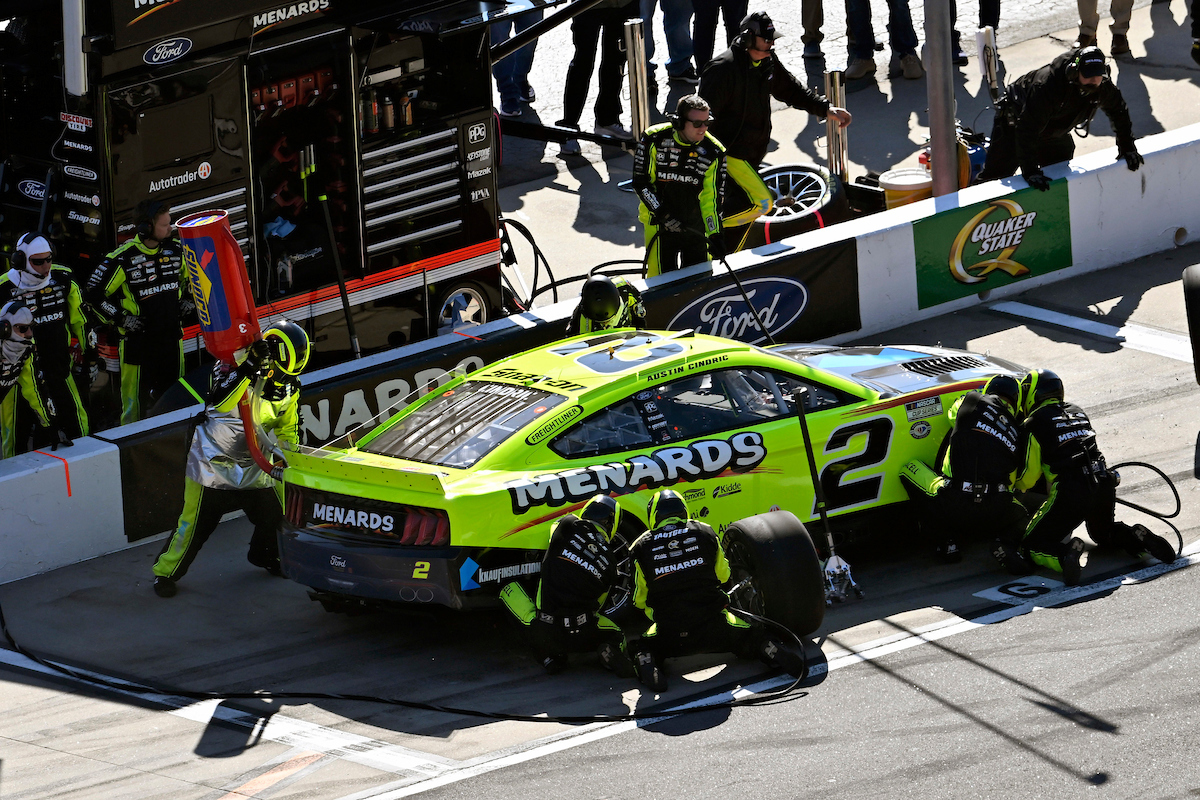What is the most iconic NASCAR race?
If you’re a fan of motorsports, you’ve likely pondered the question, “What is the most iconic NASCAR race?” NASCAR, the National Association for Stock Car Auto Racing, hosts numerous races throughout the year, each providing excitement and thrills. But among them, one stands out as the pinnacle of racing, capturing the imagination of fans and drivers alike.
The Daytona 500 is widely considered the most iconic NASCAR race. Known as the “Great American Race,” it is the most prestigious event in the NASCAR Cup Series, held annually at the Daytona International Speedway in Daytona Beach, Florida.
In this article, we will dive into the heart-pounding world of NASCAR, with a particular focus on the Daytona 500. This race has been etched in the annals of motorsport history and continues to be a symbol of speed, skill, and the relentless pursuit of victory. We’ll explore the origins of the Daytona 500, what makes it special, its memorable moments, and why it continues to captivate audiences year after year. Buckle up as we take you on a journey through the ultimate NASCAR experience!
Table of Contents
The Most Iconic NASCAR Races of All Time
NASCAR fans are keen to attend legendary races that honor the sport’s history. Here are four of the most iconic NASCAR races of all time:
- The Daytona 500 – otherwise known as “The Great American Race“. It is NASCAR’s most prestigious race.
- Coca-Cola 600 – held annually at Charlotte Motor Speedway. Drivers must endure the length of this race.
- Brickyard 400 – held at Indianapolis Motor Speedway. One of the US’s most popular sporting events.
- Southern 500 – NASCAR’s oldest event. Held on Labor Day weekend since 1950, it rewards long-term skill.
Talladega Superspeedway has high banks and Harvick’s 2001 Atlanta win occurred close to the loss of his mentor. For a unique NASCAR experience, attend a night race, such as Bristol’s Night Race or Charlotte’s ROVAL™ 400. Fans love these events due to the challenges and thrilling atmosphere.
Historic NASCAR Races
To explore iconic historic NASCAR races, delve into the section “Historic NASCAR Races.” Discover the pulse-pounding excitement of the Daytona 500, the long and rich history of the Southern 500, the high-speed action of the Talladega 500, and the unforgettable moments of the Winston 500.
Daytona 500
The Daytona 500 is a famous NASCAR race, held every year at Daytona International Speedway in Florida. It is the start of the Cup Series and is known for its breathtaking speed, crashes and finishes.
Notable winners include Michael McDowell with Ford in 2021 and Denny Hamlin with Toyota in 2020.
In the past, drivers used to take a “ride on the beach” from Ormond to Daytona. Unfortunately, this was stopped in the early ’60s due to safety concerns.
Richard Petty has won a record seven Daytona 500 races, making his career an impressive one!
Southern 500
The Southern 500 is a revolutionary 500-mile race held annually in Darlington Raceway, South Carolina. It was created in 1950 and it is one of NASCAR’s oldest and most prestigious events. The egg-shaped track of the Southern 500 offers a challenging turn four, providing excitement to drivers.
Legends such as Jeff Gordon, Dale Earnhardt Sr., and Darrell Waltrip have all won the Southern 500 multiple times during their careers. To avoid conflicts with the competitors’ school attendance, the event was moved from Labor Day weekend to early September.
In 1973, Joe Frasson decided to make a statement with his last race at Darlington Raceway. He crossed the finish line backwards, astonishing the fans with an almost impossible feat.
Talladega 500
The Talladega 500, an annual NASCAR race in Alabama, USA, involves 188 laps of a 2.66-mile track. It totals 500 miles and is one of the fastest and most intense races. With long straightaways and steeply banked corners, drivers can reach insane speeds. But this also makes crashes more likely, making the event extra dangerous.
To increase safety, restrictor plates were added to cars’ engines. This limits speed but also means drafting – where cars follow closely together – is essential.
Fun Fact: Pete Hamilton’s first and only Talladega 500 win was in a car named “King Richard Petty Superbird.”
Winston 500
The Winston 500 – a coveted event on many drivers’ calendars. It was held at the Talladega Superspeedway in Alabama and was known for its Mach-speed and thrilling finishes. Dale Earnhardt, Bobby Isaac, and Charlie Glotzbach (the first-ever winner in 1970) were all winners of this legendary race.
Sadly, the Winston 500’s last race took place in 1996, and it was replaced by the EA Sports 500. Nevertheless, its legacy will remain as one of the most spectacular races in NASCAR history.
Memorable NASCAR Races
To understand the most memorable NASCAR races, let’s explore some of the iconic races that have taken place. In order to grasp the essence of each race, we’ll examine three sub-sections – the 1984 Firecracker 400, 1998 Daytona 500, and 2011 Aaron’s 499.
1984 Firecracker 400
On July 4th, 1984, Daytona International Speedway witnessed a memorable NASCAR race. It was called the ’84 Midsummer Classic’, or ‘The 1984 Firecracker 400’.
Two of the caution flags were caused by accidents. But, there was an intense battle between Dale Earnhardt Sr. and Richard Petty for the win. Despite Earnhardt leading, Petty won in the end.
Years later, remembering this epic moment is incredible. If you missed it, don’t miss out again if a similar opportunity comes up today. Dale Earnhardt Sr. won his first Daytona 500 in 1998.
1998 Daytona 500
It was a momentous occasion for NASCAR fans around the world in 1998- The Great American Race at Daytona International Speedway! A table of the event could contain driver name, car #, starting position, laps led, and final position. Bobby Labonte was on pole and Dale Earnhardt had over 100 laps in the lead before ending 8th.
This Daytona 500 was a great moment for Earnhardt as he won his only race after a series of losses. Labonte and Marlin’s collision on the last lap made way for other drivers to take the lead. It was an historic day for NASCAR and Earnhardt, who’d been trying to break his winless streak for years.
This race will always be remembered and cherished by NASCAR fans everywhere!
2011 Aaron’s 499
The 2011 Talladega Superspeedway race was full of thrills! Jimmie Johnson in his No. 48 Chevrolet won the nail-biting finale, with Clint Bowyer in his No. 33 Chevrolet and Jeff Gordon in his No. 24 Chevrolet coming in second and third respectively.
Lead changes were aplenty and plenty of drafting made for close battles. Plus, there was the unique incident when Carl Edwards lost control of his car and went airborne, landing on top of Ryan Newman’s car. Fortunately, both drivers were unharmed.
Incredibly, this wasn’t Johnson’s first win at this track – he’d previously clinched two other races here in 2006 and 2008. All in all, the 2011 Talladega event provided fans with a spectacular show that will be remembered for years to come!
NASCAR Races with Great Finishes
To truly experience the energy and excitement of NASCAR, you need to immerse yourself in the races with the greatest finishes. You can do this by exploring the section on ‘NASCAR Races with Great Finishes’ within the article ‘What is the most iconic NASCAR race?’. The sub-sections; 1979 Daytona 500, 2001 Cracker Barrel 500, and 2012 Daytona 500 will provide you with thrilling accounts of some of the most legendary and unforgettable races in NASCAR history.
1979 Daytona 500
The ’79 Daytona 500 was legendary. Record numbers watched on TV. Fierce competition between two iconic drivers, Donnie Allison and Cale Yarborough. It ended in a spectacular crash. They were fighting for first place, swapping the lead multiple times, then they collided! They spun out of control and their altercation became physical with Allison’s brother joining in.
Unexpectedly, Richard Petty won his seventh Daytona title. He’d been lagging behind earlier, but then he found himself leading the race. It was a record-breaking victory, cementing his legendary status.
If you’re an adrenaline junkie, seeking inspiration from NASCAR’s past legends, check out the 2001 Cracker Barrel 500. You’ll have your heart jump out of your chest in the last lap!
2001 Cracker Barrel 500
The 2001 Cracker Barrel 500 was a race to remember! Held at Atlanta Motor Speedway on March 11th, drivers such as Dale Jarrett, Jeff Burton, Bobby Labonte, and Tony Stewart all put on a show.
The final laps saw an intense battle between Kevin Harvick and Jeff Gordon, with Harvick emerging victorious by mere inches.
This race was especially significant, coming only one week after the death of Dale Earnhardt Sr. Harvick drove for Earnhardt’s team, Richard Childress Racing, and was able to honor his friend with a win.
The emotional impact of this victory was huge – fans and drivers were able to start the healing process from the loss of a legend. The 2001 Cracker Barrel 500 will live on in NASCAR history.
2012 Daytona 500
In 2012, the Great American Race took place at the Daytona International Speedway. It was one of NASCAR’s most memorable races.
Rain caused a two-hour delay and the race finished in the late hours of Monday morning. Juan Pablo Montoya’s car collided with a jet dryer truck on pit road and caused a red flag period. This caused an even longer delay. It was a wild event that reminded fans why they love NASCAR. The drama and scandal of NASCAR races can even be a lesson for politicians.
NASCAR Races with Controversy
To understand NASCAR races with controversy such as the 1987 Winston 500, 1995 Goody’s 500, and 2008 AMP Energy 500, you need to look at the events that caused the controversy in the first place. These races created a buzz due to unexpected events or rule violations that left fans with mixed emotions.
1987 Winston 500
The 1987 Winston 500 NASCAR race caused a stir in the racing community. Bobby Allison’s crash resulted in a red flag stoppage and new safety regulations. Bill Elliott and Dale Earnhardt also had a contentious rivalry during the last lap, with Earnhardt making a risky move that caused Elliott to spin out and hit the wall.
This event is still talked about today, with its legacy including attention to driver safety and discussions about sportsmanship in racing.
1995 Goody’s 500
The 1995 Goody’s 500 was a year of drama and controversy. The race was filled with suspense, action and more! Winner Sterling Marlin had to overcome an allegation of cheating made by a rival driver.
Jeff Gordon was the runner-up and Dale Jarrett finished in third place. Pole position was taken by Earnhardt, Sr. Cautions totaled 10 for 69 laps.
Many incidents occurred during the race. Drivers fought on the track and officials made questionable calls regarding penalties.
Since then, the 1995 Goody’s 500 has gone down in history. It reminds us that anything can happen in NASCAR — making it both exciting and unpredictable!
2008 AMP Energy 500
2008’s Talladega race was quite controversial. The AMP Energy 500 was held on October 5th, in Alabama. 43 drivers participated in this legendary, historical event. Jamie McMurray got pole position with a time of 50.722 seconds, but Tony Stewart finished first, beating McMurray by 2 seconds.
The race faced problems with consistency, with 9 crashes and 3 red flags. NASCAR fans worldwide were glued to the screen, as the event was full of anticipation and drama.
What is the most iconic NASCAR race? – Frequently Asked Questions
What is the most iconic NASCAR race?
The Daytona 500 is widely considered the most iconic NASCAR race. It is the season-opening race for the NASCAR Cup Series and has been held annually since 1959 at Daytona International Speedway in Florida.
Why is the Daytona 500 so iconic?
The Daytona 500 is considered iconic because of its history, its high-speed racing, and the fact that it is the first race of the NASCAR Cup Series season. It is also known for its unique tri-oval track and the thrilling photo finishes that have occurred in many of its races.
How long is the Daytona 500?
The Daytona 500 is 500 miles (804.7 km) long and consists of 200 laps around the 2.5-mile (4.023 km) oval track at Daytona International Speedway.
Who has won the most Daytona 500 races?
Richard Petty and Cale Yarborough share the record for most Daytona 500 wins, each having won the race four times. Other notable multiple winners include Jeff Gordon, Bobby Allison, and Dale Earnhardt Sr.
Can fans attend the Daytona 500?
Yes, fans can attend the Daytona 500. The race typically draws a large crowd, with many fans camping out at the track for days prior to the race to secure their spot for the event.

